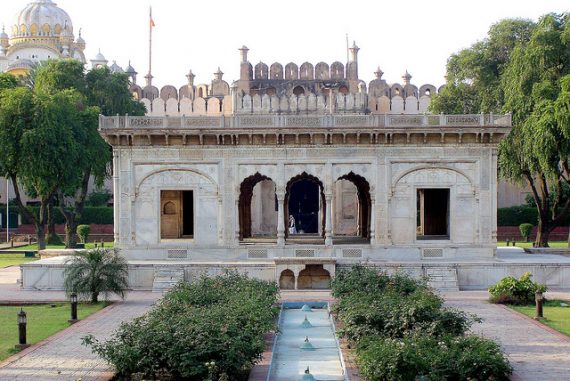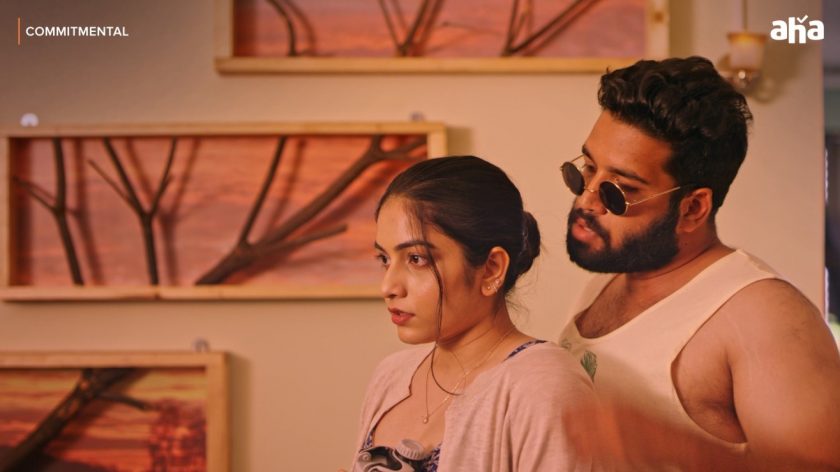Living in a historic home is a joy and a privilege, but that privilege comes with certain responsibilities. That won’t make it any less of a good home for you and your family. In fact, it may make it an even better home, in the long run. That said, as a custodian for a historic home, here are a few things you must consider.
Preserve
Part of owning a historic home is preserving it as best you can. As things age, they need repair and maintenance, whether that means finding replacements or using architectural features conservation to make sure that the important and unique parts of your home remain intact. Preservation is both the least you can do and the most difficult and important part of owning a historic home, partly because it can sometimes be hard to know what choices will best preserve the home for the future. Legal guidelines can help there, as they may outline what you can and cannot change.
Decor
Decor in a historic home is a unique challenge. The whole style of the house may mean that modern furniture looks strange and out of place. On top of that, you may find that the actual space places limitations of its own. Older houses often have smaller rooms, staircases and doorways, which can put hard limits on what kind and style of furniture you put in it.
Necessary Upgrades
The unique challenges created by old or historic places should not stop you from making necessary upgrades. In the wrong situations, preservation can be paralyzing. It’s easy to think that you can’t change anything in a historic home, but that’s not necessarily true. You still live there, after all. The building must continue to serve its purpose or it won’t survive. Also, you don’t want the building to become hazardous.
Securing the Future
The point is to do whatever you must to make sure that the house survives more or less intact for future generations. When you own a historic house you become part of a larger legacy. The work that you do isn’t just for yourself, it’s for the next people to own the home, and the people after that, and the people after that.
The way you think about a historic home is inherently different from the way you think about any other new home. There are different worries and different pitfalls, so you must approach the care and maintenance of a historic home differently.




